Summary
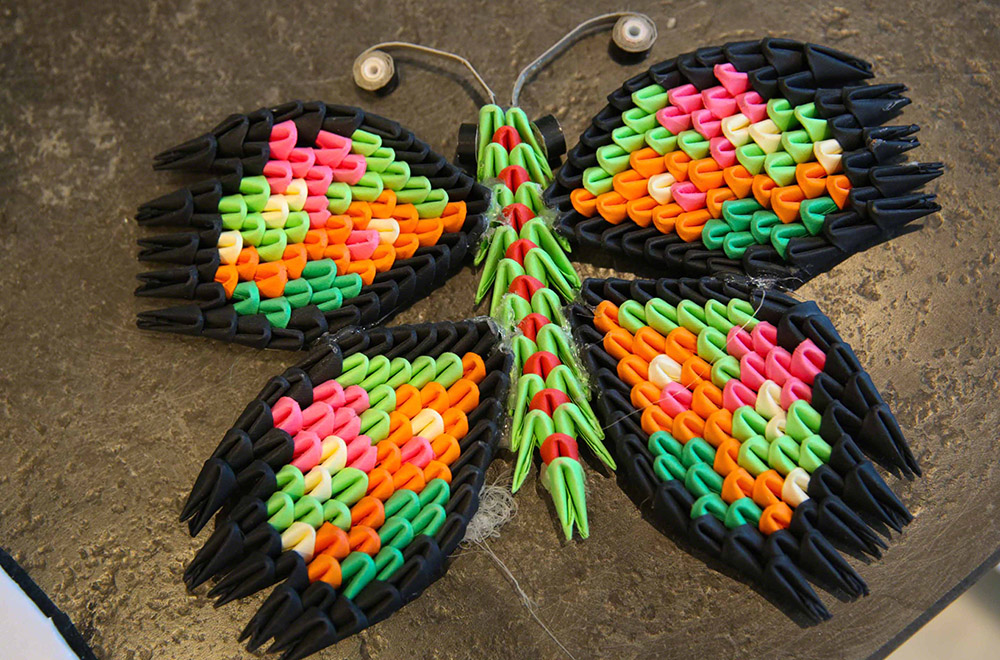
The following events were covered by IISD Reporting Services on Monday, 26 November 2018:
Photos by IISD/ENB | Kiara Worth
For photo reprint permissions, please follow instructions at our Attribution Regulations for Meeting Photo Usage Page
Community Protocols - Lessons Learned for ABS and Launching of the Biocultural Community Protocol Guidelines
Presented by Natural Justice, in collaboration with the Access and Benefit Sharing Capacity Development Initiative (ABS Initiative), the League for Pastoral People and Endogenous Livestock Development (LPP), and the Local Livestock for Empowerment (LIFE) Network
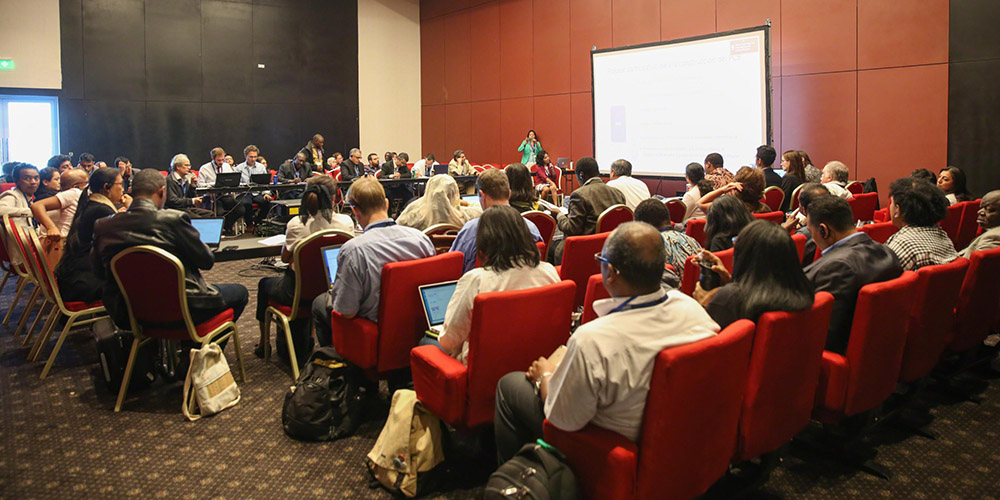
This side event discussed experiences in developing community protocols as tools for access and benefit sharing (ABS) under the framework of the Nagoya Protocol on Access to Genetic Resources and the Fair and Equitable Sharing of Benefits Arising from their Utilization.
Presenters shared lessons learned and guidance on the facilitation of community protocols. Two publications were launched at the event:
- Community Protocols for Pastoralists and Livestock Keepers
- Community Protocols in Africa: Lessons Learned for ABS Implementation.
Barbara Lassen, Natural Justice, moderated the event. Eva Fenster, ABS Initiative, noted that Natural Justice has helped African communities develop community protocols. She highlighted the publication titled “Community Protocols in Africa: Lessons Learned for ABS Implementation,” launched at the event, which incorporates communities’ perspectives on traditional knowledge. She also stressed that community protocols legally empower communities and foster meaningful dialogue.
Jazzy Rasolojaona, Natural Justice, showcased a community protocol facilitated by Natural Justice and Deutsche Gesellschaft für Internationale Zusammenarbeit GmbH (GIZ) in Madagascar. He reported that seven villages united to manage similar resources and environmental challenges. The resulting community protocol, he noted, aims to prepare Madagascar for future negotiations on issues regarding ABS and on empowering communities against illegal practices in their regions regarding biological resources.
Netzar Arreortua Martínez, Commissariat of Communal Goods, Capulalpam de Méndez, Mexico, showcased a community protocol in Mexico. He said that a committee was established after the approval of the protocol and highlighted that a participatory process involved drafting, designing and programming of activities, and validation. He noted that the final document, which has the approval from the community and the Mexican government, provides political security and the safeguarding of all natural resources.
Daniel Kobei, Ogiek Peoples’ Development Program, Kenya, presented the Ogiek Community Biocultural Development Process. He described the Ogiek as caretakers of fauna and flora in the Mau Forest where they live. Highlighting the challenges they have experienced, he cited forest encroachment and recent efforts to disenfranchise them from their ancestral land through evictions. He presented the community protocol development process, highlighting the participatory nature of the process. The Ogiek people, he reported, have become more aware of their rights over biological and genetic resources and become involved in forest rehabilitation. He said that, even though the government has not recognized the Ogiek’s claim to the Mau Forest, the community protocol would continue to play an important role in advocating for their rights.
Jacob Wanyama, LPP, discussed the development of the Samburu community protocol in Kenay, focusing on the red Maasai sheep. He showed the importance of the sheep to the cultural identity of the community through various stages of life, including: birth, circumcision, transition to manhood, marriage and death. The sheep, he reported, have a unique genetic capability to cope with parasitism. He underscored that the community protocol, in English and Samburu languages, describes the Samburu peoples’ rights over the genetic resources of the red sheep.
Geetha Nayak, GIZ India, highlighted the contents of the guide on “Community Protocols for Pastoralists and Livestock Keepers.” The guide, she noted, aims to provide communities with a legal instrument for their claims for livestock breeds and management systems. She highlighted the main parts of community protocol development, including definitions, institutions involved, management practices, and national and international laws.
Moderator Lassen said all protocols are different and adapted to different communities. She discussed lessons learned, including the need to: address issues from communities’ perspectives; identify main objectives to clarify expectations; and respond to real opportunities and challenges.
In the ensuing discussion, the panelists responded to questions on: the definition of biocommerce; possible safeguards protecting community protocols; migration of communities into an area with an existing protocol and their compliance with its contents; and difficulties of developing a community protocol. Lassen stressed that local communities need to base their protocol on local rules and noted ways for community ownership of protocols, such as using an audio format. She stressed that participatory processes involving most of the community members takes time and that there must be a balance between effective representation, and in-depth community consultation.
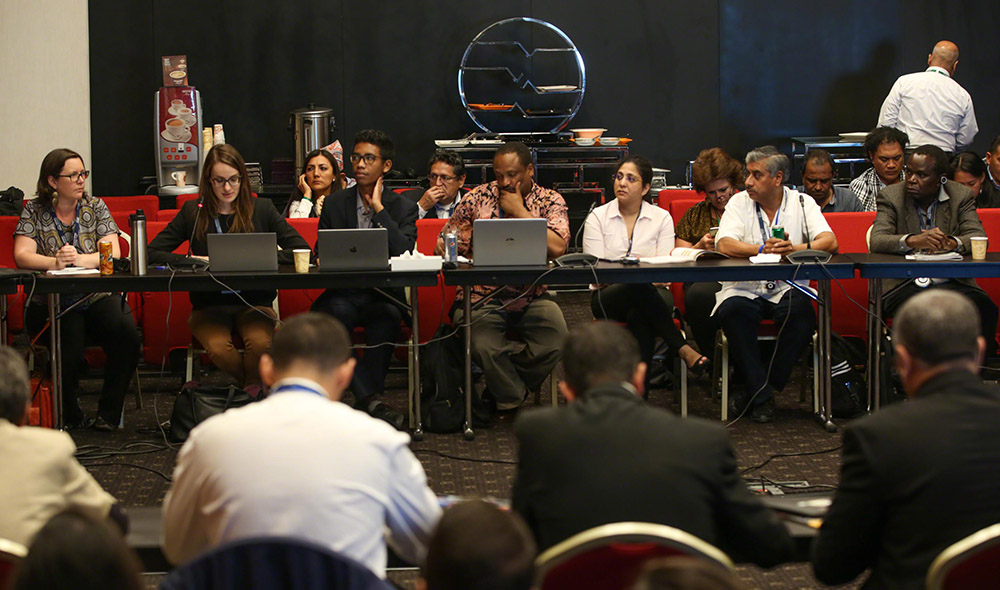
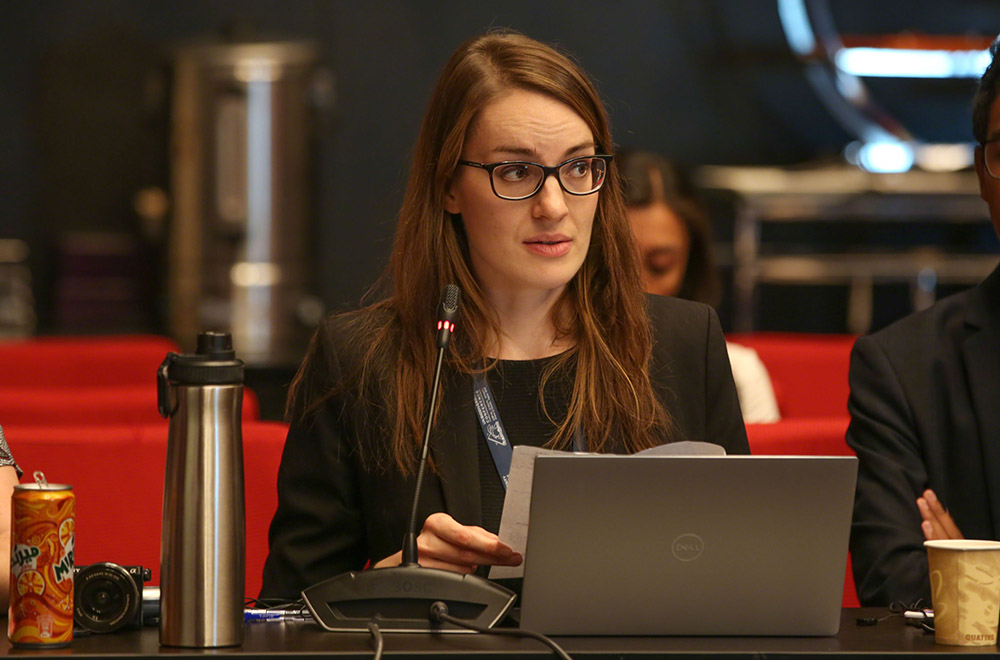
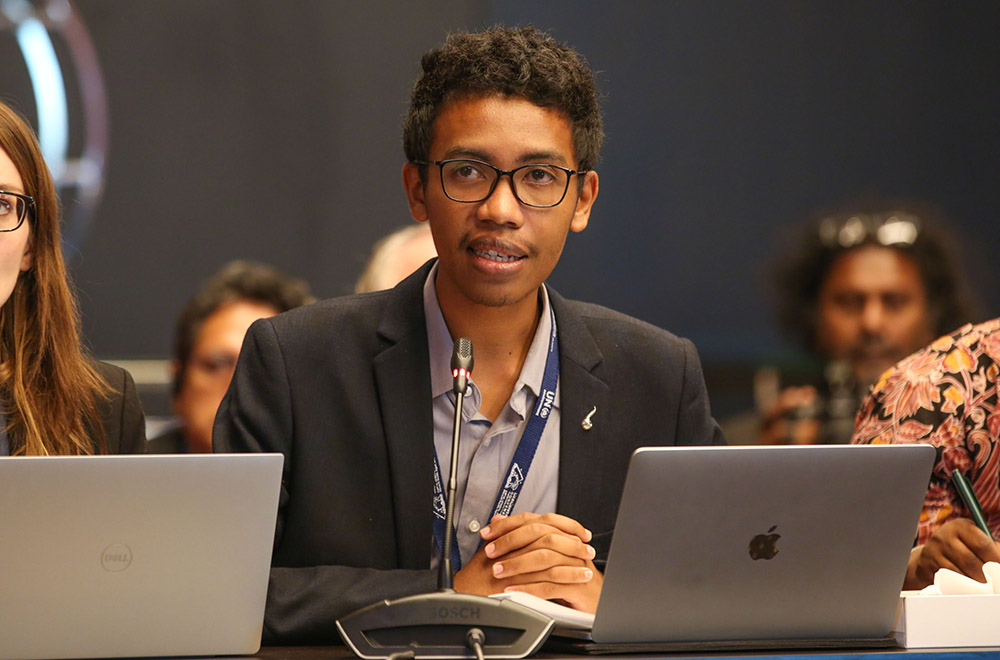
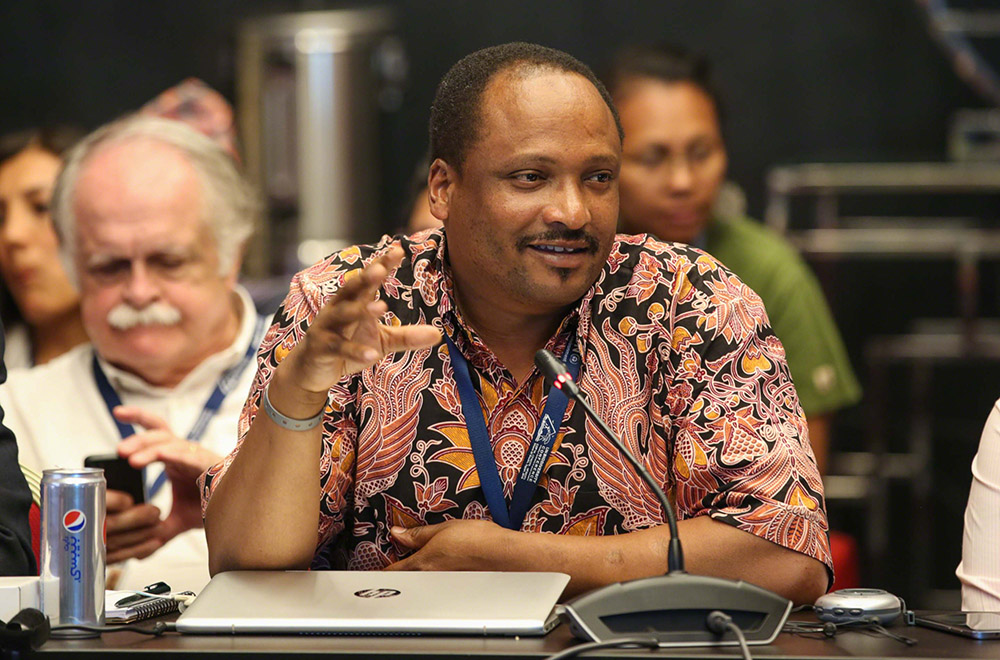



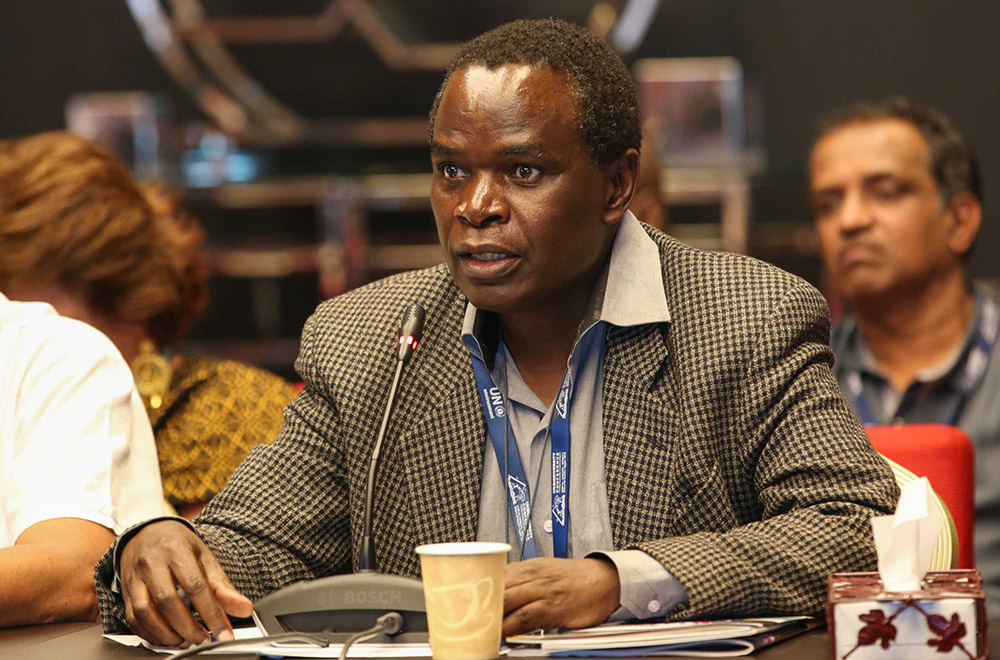

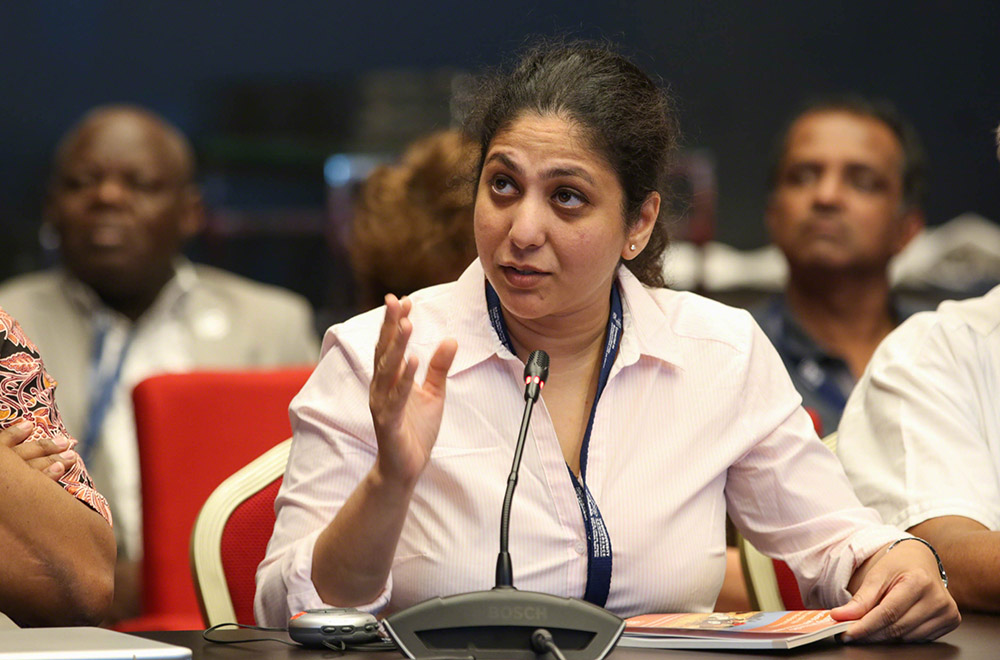
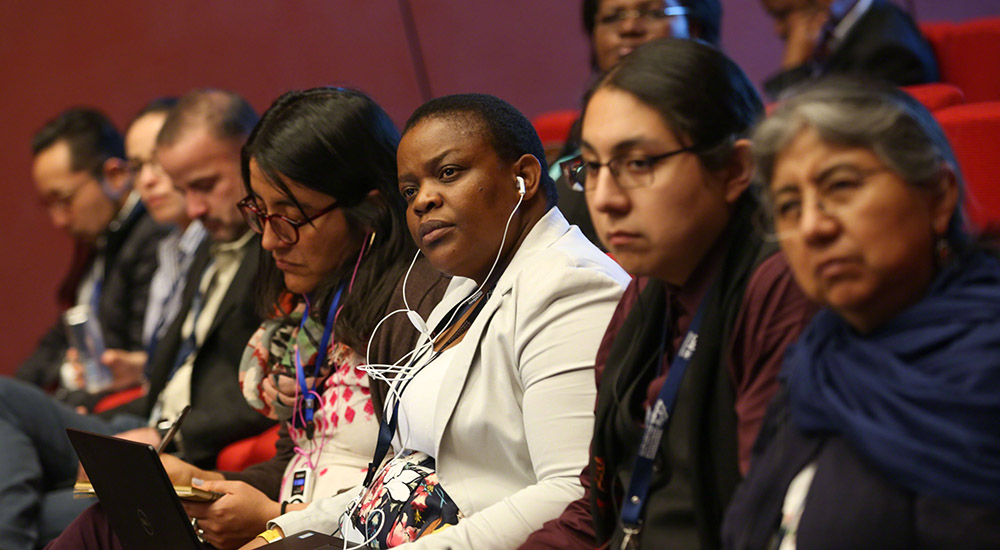

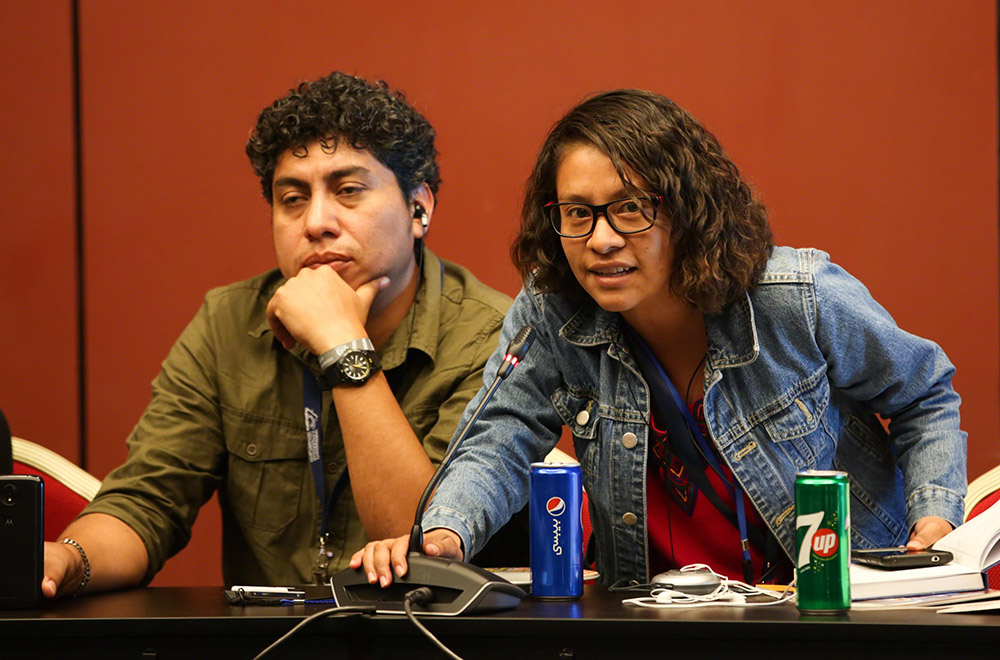
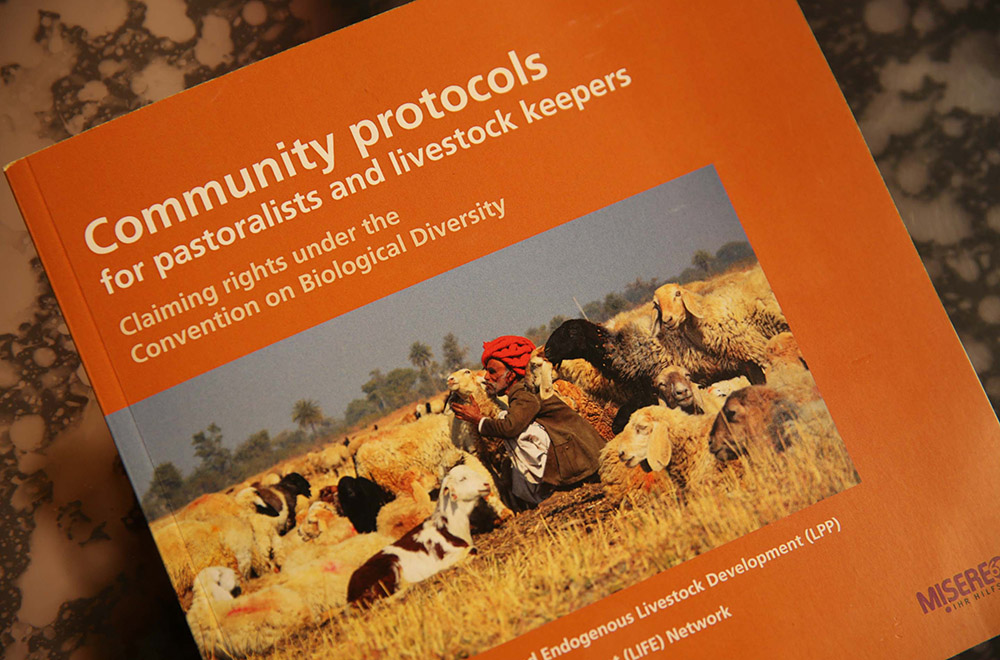

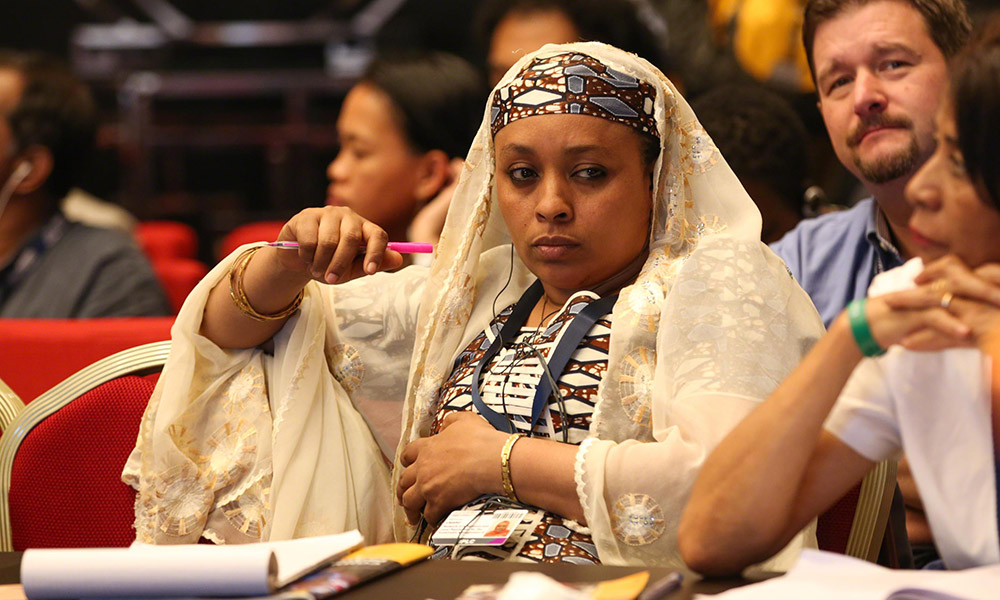
CONTACT
Tobias Dierks | tobias@giz.de
MORE INFORMATION
China’s Sixth National Report on the Implementation of the Convention on Biological Diversity
Presented by the Nanjing Institute of Environmental Science (NIES) and the Ministry of Ecology and Environment (MEE), China

This side event, moderated by Yulin Fu, MEE, China, launched China’s Sixth National Report to provide a snapshot of accomplishments, strategies for protecting China’s biodiversity, and efforts towards achieving the Aichi Biodiversity Targets.
Chengshou Bai, MEE, China, welcomed participants to the event, underscoring China’s efforts in promoting an “Ecological Civilization” integrated within every aspect of China’s social, political and economic development. He noted that since becoming a party to the CBD, China has increased its protected area coverage to 18% of its total land area and has implemented a series of important ecological projects, including: returning farmland to forest; returning grazing land to grassland; and establishing a national monitoring network for biodiversity. He also highlighted China’s enhanced conservation efforts in improving the status of rare and endangered species, including the giant panda, the Tibetan antelope, and the Père David’s deer.
Cristiana Paşca Palmer, CBD Executive Secretary, congratulated China for its leadership role in preserving biodiversity and for taking the presidency of the CBD in 2020 at a critical moment for the world. She stressed that, by 2030, the world must “bend the curve” of biodiversity loss or risk permanent and irreversible consequences. She highlighted China’s success in achieving the Aichi Biodiversity Targets, including on restoring degraded ecosystems, promoting carbon sequestration and implementing its National Report. She concluded by noting China’s leadership role in setting new conservation targets and in shaping the Post-2020 Biodiversity Framework.
Yulin Fu, MEE, China, discussed the process of preparing China’s Sixth National Report, explaining that the National Committee for Biodiversity Conservation led the process and described that the report was concluded in one year and four months, with the involvement of around 30 ministries, departments and research institutions. She also explained that the report follows CBD’s templates and is supported by a new process for national data gathering. She noted that an expert consultation reviewed the draft report, supported by technical workshops, and eventually approved and translated it into English in October 2018.
Dandan Yu, MEE, China, spoke on the indicator system of China’s Sixth National Report, focusing on the principles that informed them. She recalled that Article 26 of the CBD and COP Decision XIII/27 require an increase in capacity to produce a “high quality, gender-responsive, data-driven Sixth National Report.” She explained that the development of the Chinese national indicators should: cover all components of biodiversity; be objectively and timely in reflecting changes; be easy to understand and have wide acceptance; balance accuracy and low-cost; be sensitive to changes; and be internationally usable, while responsive to national circumstances. She shared that some indicators have uniquely Chinese characteristics, such as: timber standing stock; percentage of surface water bodies with good quality water; and the number of sites with original habitats for wild agricultural plants.
Haigen Xu, NIES and MEE, China, presented on China’s biodiversity conservation actions and achievements, progress towards the Aichi Targets, and experiences gained. He highlighted China’s megadiverse status, noting that the number of known species and sub-species is 92,302. He reported that, inter alia:
- there are 3,767 species of threatened species in China's higher plants, accounting for 10.9% of the total number of species assessed;
- the number of threatened species of vertebrates in China is 932, accounting for 21.4% of the total number of species assessed; and
- there are 176 species of threatened amphibians, with a threat ratio of 43.1%, which is higher than the global percentage of threatened amphibians (30.6%).
He announced that since 2015, China has adopted a series of policies related to biodiversity conservation, which offer innovative efforts in overall arrangements towards the development of an “Ecological Civilization” through biodiversity conservation. These policies include: recommendations for accelerating “Ecological Civilization” development; recommendations on improving ecological compensation mechanisms; and proposals for mechanisms for wetland conservation and restoration. On further actions, he stated that policy measures for conservation and sustainable use of biodiversity require refinement, with priorities to be given to the conservation of vulnerable grassland and marine ecosystems.
In the wrap-up discussion, participants identified, inter alia: the potential to modify targets after 2020 based on national experiences; main challenges faced in developing the report; China’s plans to continue to increase the amounts of data available for future biodiversity reporting; clarifications on data referring to China’s increasing ecological footprint, yet improving biodiversity indicators; and specific indicators that were effective in attracting political support.

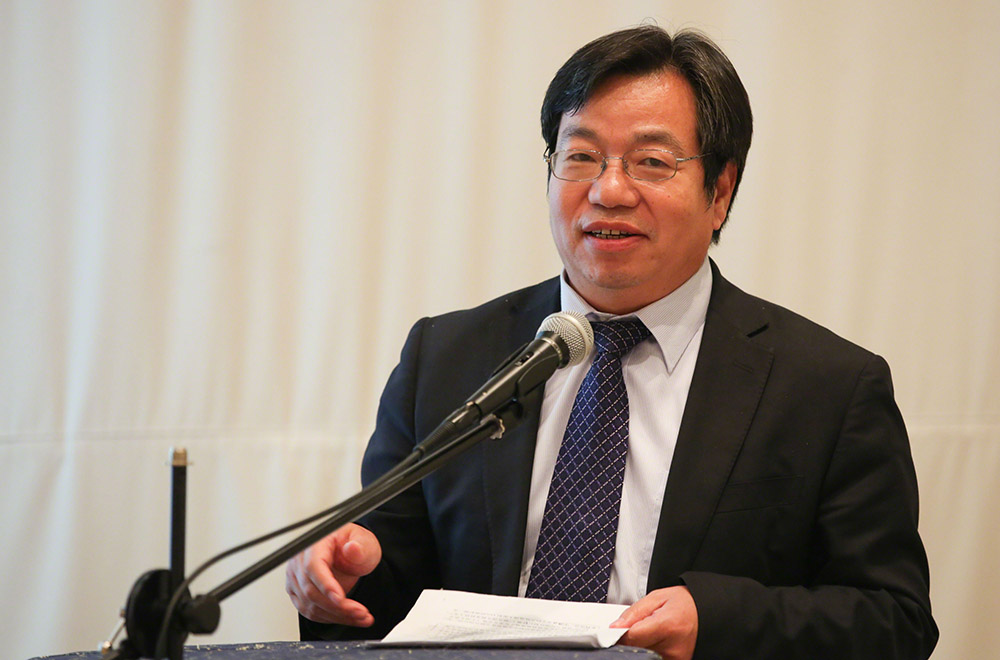

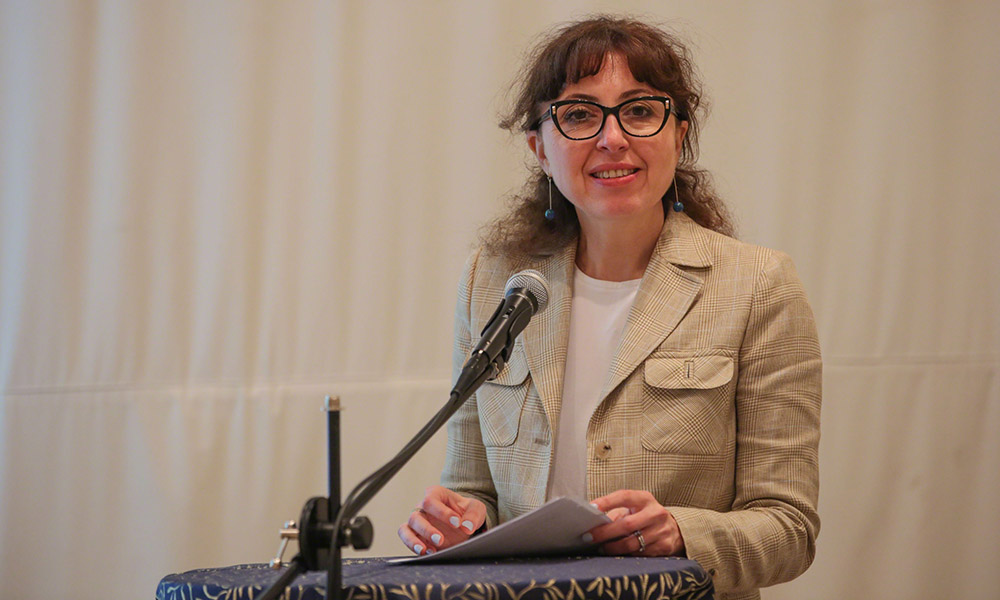
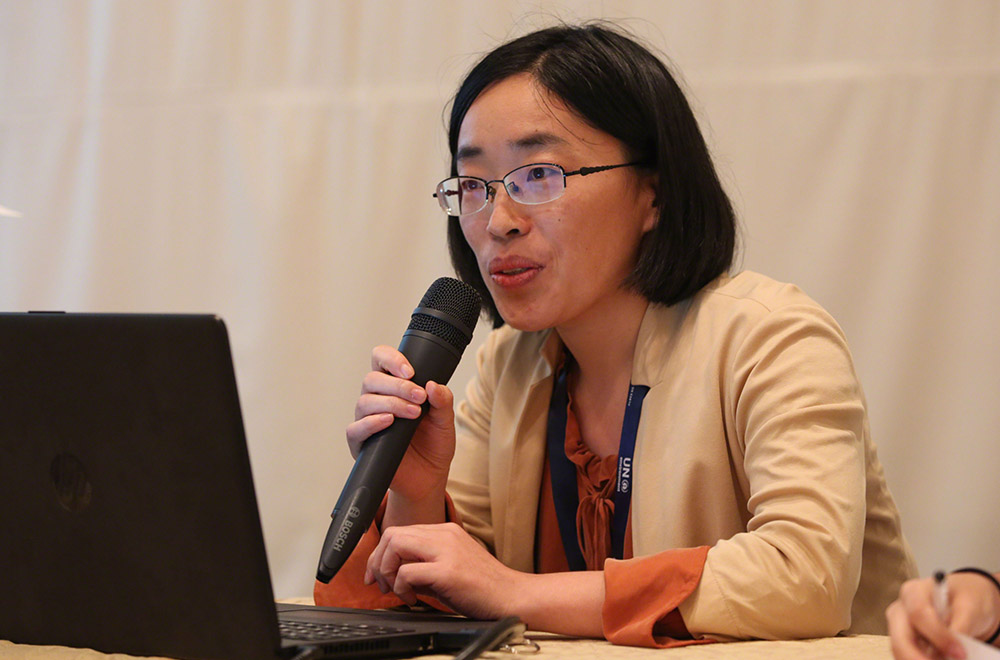
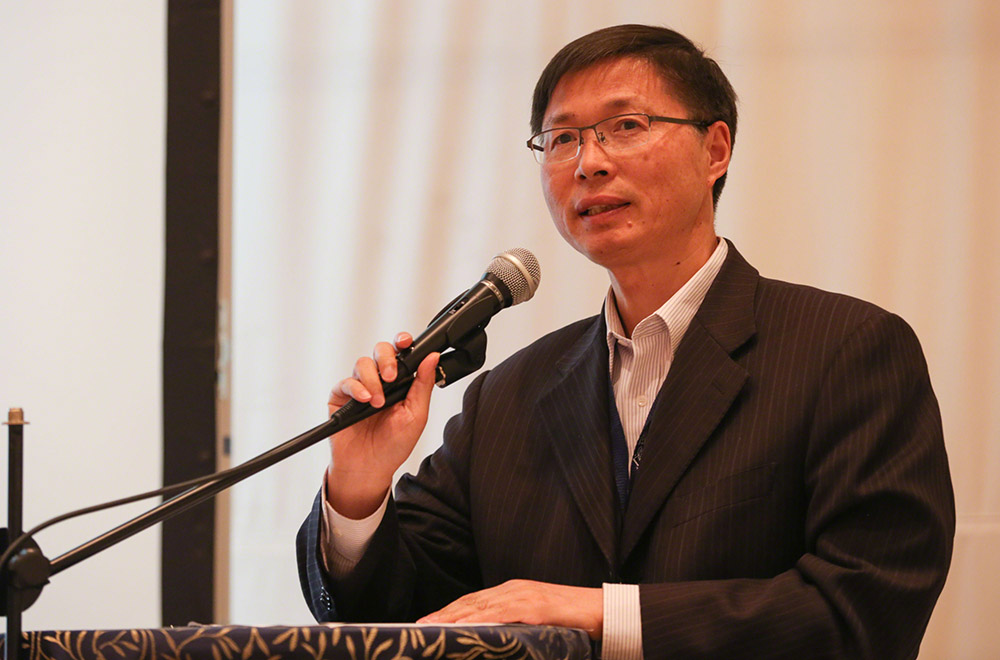


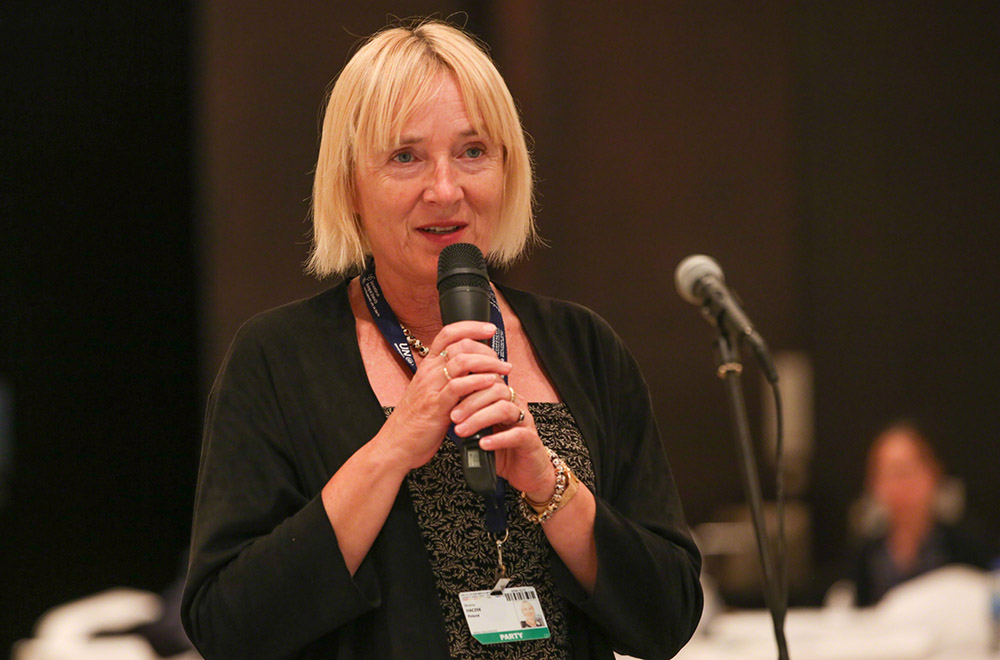
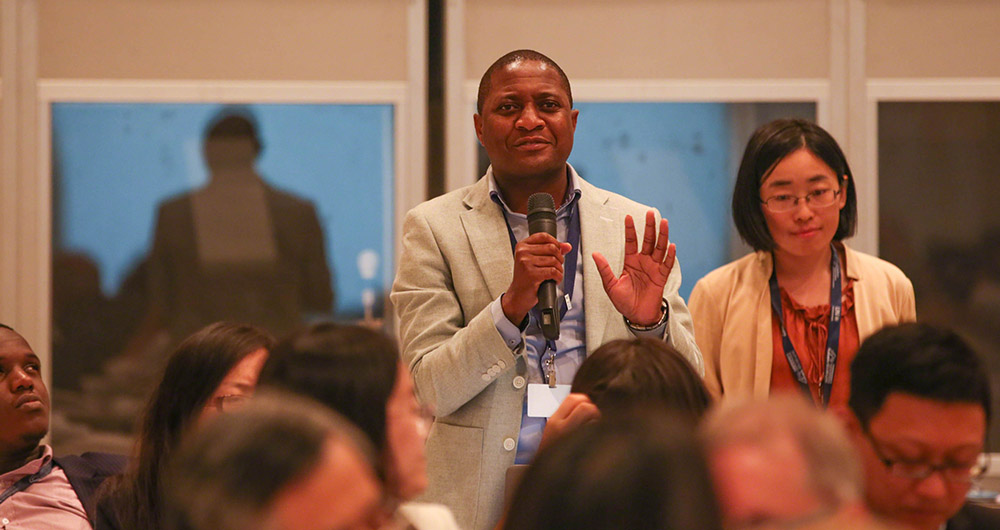
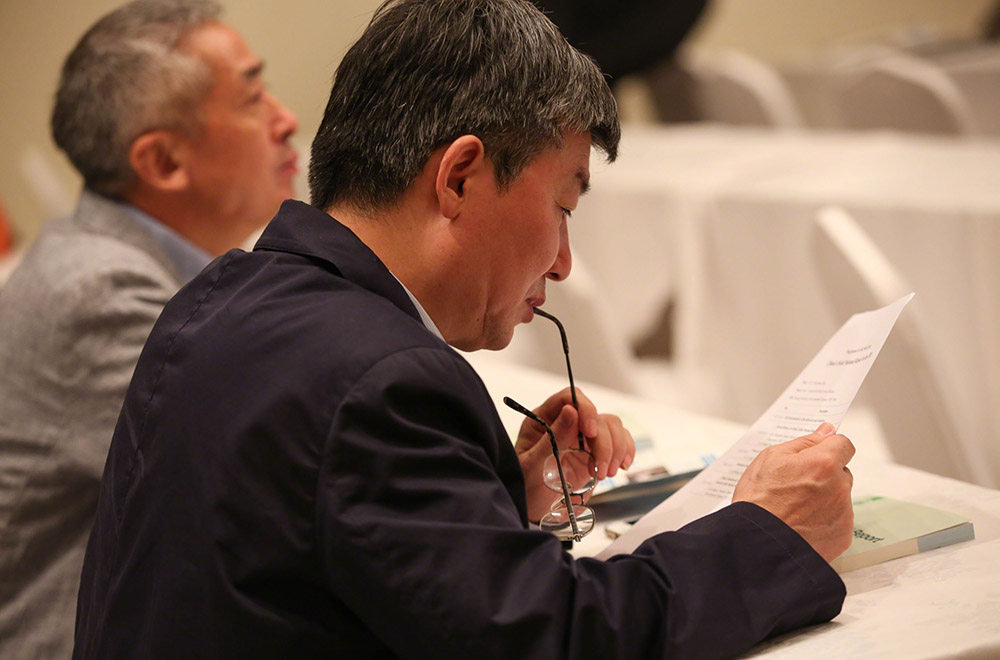


Around the Venue






